I walked outside this morning and felt the warmth of the sun that is steadily indicating the summer growing season is near. New Englanders understand this elation all to well since we patiently wait through six months of chilly weather until we can be reunited with our gardens. It doesn’t seem fair that states such as Texas, Florida and California can pretty much tend to crops almost the entire year while we have to suffer the harshness of annual blustery winters.
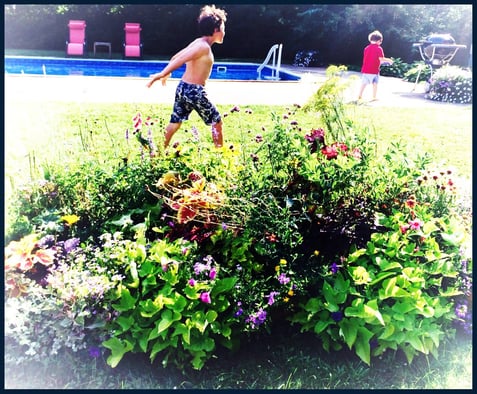 Or is it?
Or is it?
We northerners have managed to come up with a trick or two when it comes to stretching our growing period. Professionals within the agricultural industry have passed on a few tips including the manipulation of imperative essentials such as temperature, fertilization, zone guidelines and light distribution. It seems really complicating but by adding a few alterations to your anticipated gardening plans, you’ll be able to jumpstart your green thumbs at little extra cost.
Starter Seedlings
Starting your seeds inside before the suggested date can not only add months to your hobby but also strengthen the specimen allowing it to become hardier and more resistant to environmental changes. You can place seeds in special indoor pots sold by Home Depot and Lowes or simply use an empty egg carton. Once the soil and seed have been prepared, place near a window with maximum sunlight. If you’re worried about cold drafts, place a clear sheet of saran wrap over the containers, which will create a greenhouse effect. Perfect starter seeds include peas, cucumbers, marigolds and tomatoes.
Early Protection
If you have taken the leap and planted your goodies prior to recommended planting season, hopefully you have put them in a raised bed since the soil will warm faster than the earth beneath the ground. Keep a steady eye on the weather forecast and if a frost pops up as a possibility, cover your plants with heavy plastic or tarp. If the area is nestled within trees or a heavily shrub area, you might even be able to get away with laying newspaper on top, which will also keep them warmer.
Pruning
Now that we’ve talked about the preseason, how about we come up with something for the post season? Pruning can add extra time to your favorite flowers once the fall threatens to retract their beauty. Keeping the stocks strong can be done simply by taking off the dead heads of past blooms and shortening the length of the stem. Water continuously and don’t forget to protect with a layer of plastic if the cold begins to creep in!


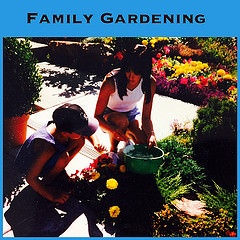

 Suzie Canale, Westwood, MA
Suzie Canale, Westwood, MA 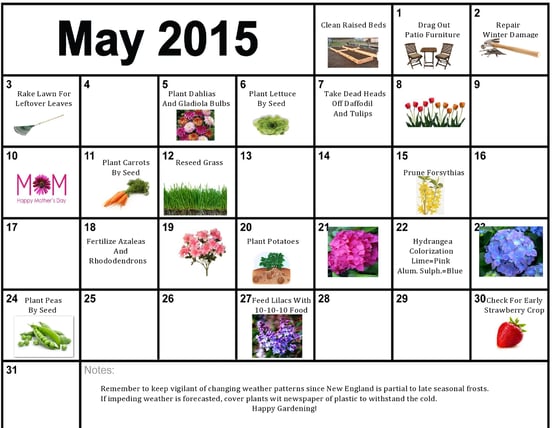
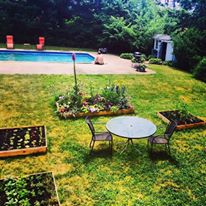
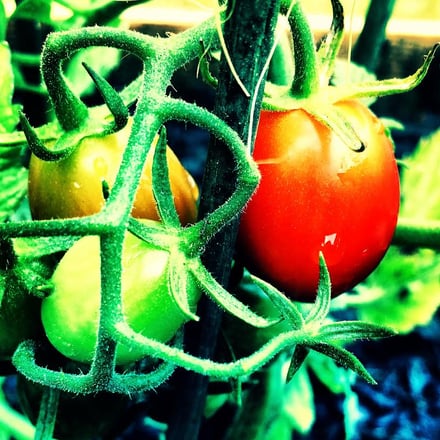
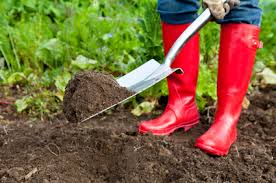
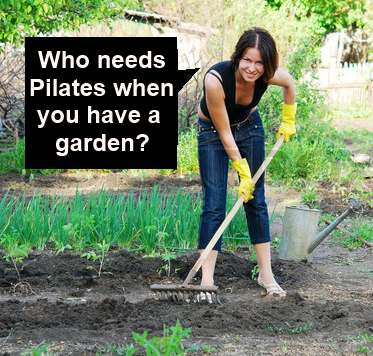
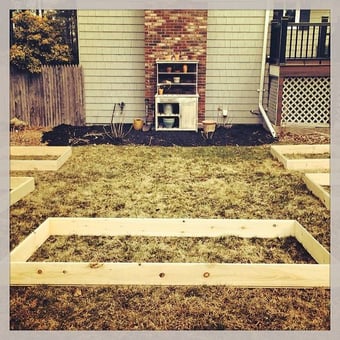
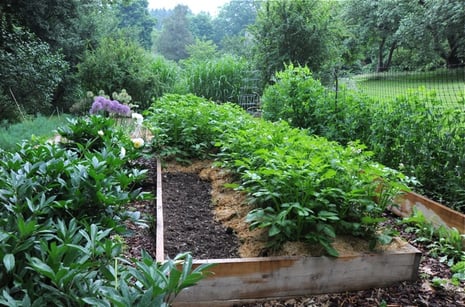






 Suzie Canale is the Founder and President of The Women's Lockerroom Foundation, has written four children books, works at the Westwood Public Library and raises two sons.
Suzie Canale is the Founder and President of The Women's Lockerroom Foundation, has written four children books, works at the Westwood Public Library and raises two sons.